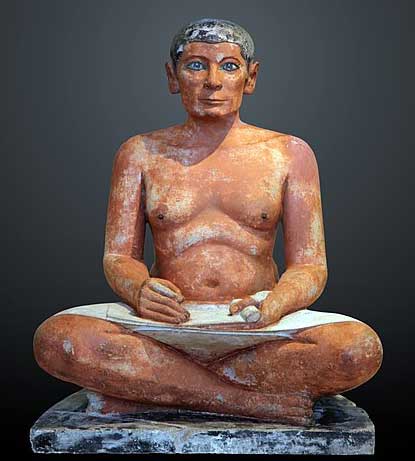"The question is whether these stories recall this time, for then they might date from as much as 13000 years ago. A more conservative interpretation, based on a sea level 30m lower than today, would place the age of this story at around 10000 years ago."
theconversation.com/ancient-aborig…
theconversation.com/ancient-aborig…
The underlying paper in Australian Geographer on which this report is based - "Aboriginal Memories of Inundation of the Australian Coast Dating from More than 7000 Years Ago" - is well worth reading. If you have an institutional login, it can be read here:
doi.org/10.1080/000491…
doi.org/10.1080/000491…

A powerful case can be made that the Dreaming - the Australian Aboriginal religio-cultural worldview - is the most effective way of transmitting stories across deep time yet devised anywhere by mankind.
See this thread for more on deep-time communication:

See this thread for more on deep-time communication:
https://twitter.com/incunabula/status/1109498901126672384

See this thread also for another possible example of Aboriginal communication across deep time.
https://twitter.com/incunabula/status/1228994911426555904
This tweet has been retweeted too often now for me to delete and replace it, but if I could edit it, I'd make the larger and more important point: the Dreaming may be the most successful and effective way of transmitting INFORMATION across deep time yet devised.
• • •
Missing some Tweet in this thread? You can try to
force a refresh


















